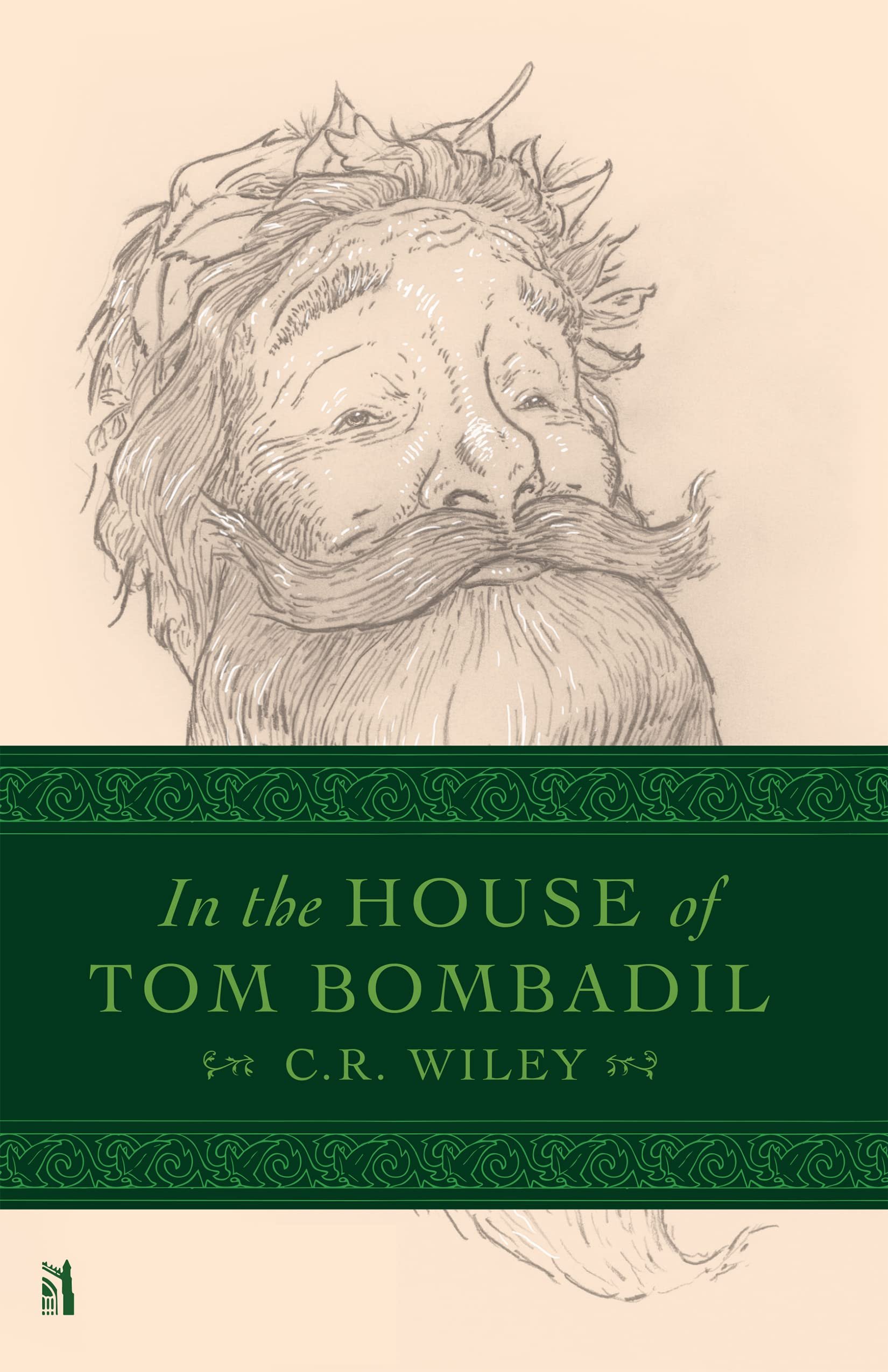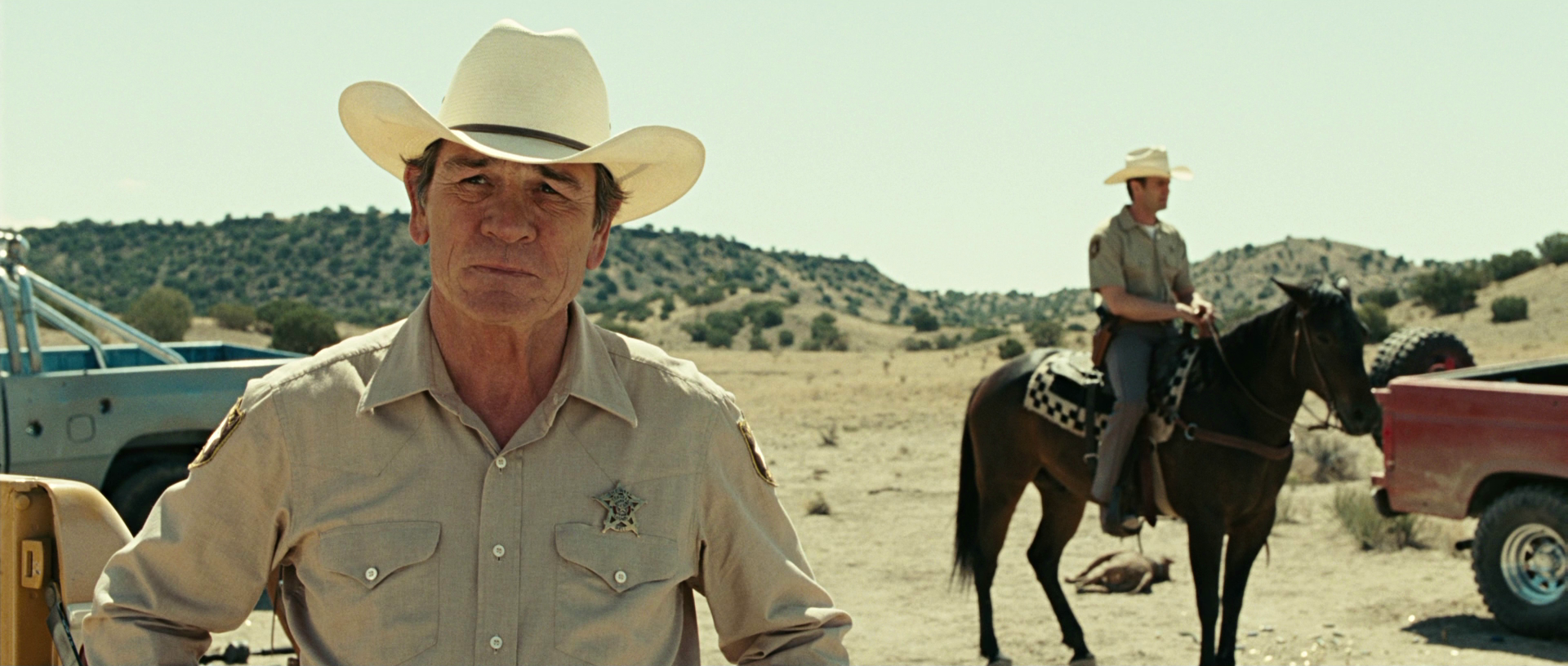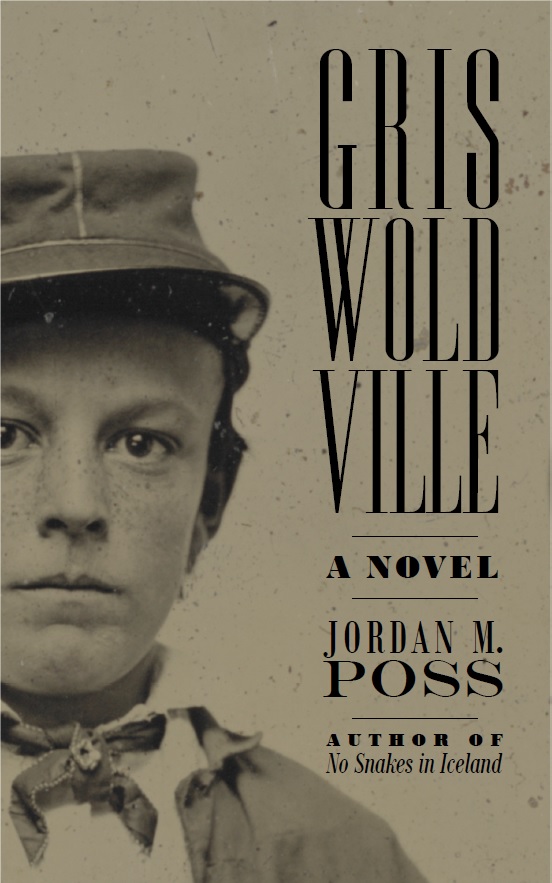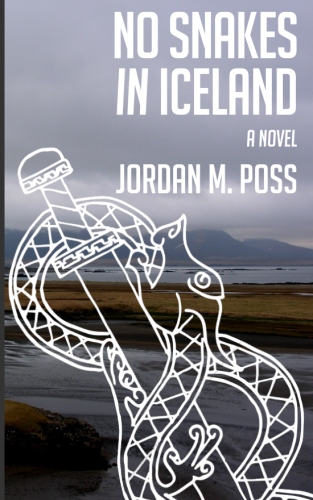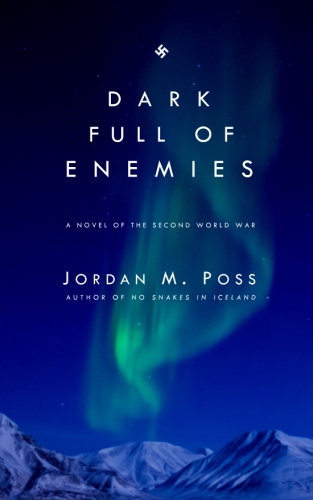The Batman
/My spring break has started with a bang. Having avoided reading much about The Batman but having been impressed with the trailers, I caught a late-night showing on a whim opening day. I was enthralled. The Batman is intricately plotted and well-written, atmospheric, refreshingly low-stakes, and—what is more—despite beginning a new film series for my favorite superhero, it’s not an origin story.
Happy Halloween
The Batman begins on Halloween night in Gotham, two years into Bruce Wayne’s career as Batman and about a week before the city’s mayoral election. While Batman fights a gang of muggers across the city, a figure in glasses and a spookily crude mask stalks the incumbent mayor, watching as the mayor’s wife and son leave to trick-or-treat. With the mayor alone, the stalker breaks into the house through a skylight, knocks the mayor unconscious with a strange hammer-like tool, and, having calmed himself from that initial excitement, begins to unspool a roll of duct tape.
Later, with dawn and the discovery of the crime, Gotham Police Lieutenant Gordon calls in the Batman, who is not exactly welcome at the scene of the murder. And it is murder—the mayor is dead, suffocated in duct tape, with one thumb severed and cryptic messages about Gotham’s lies scrawled in blood around the room. As Batman and Gordon continue the investigation semi-officially they discover something even more unsettling—a card inscribed with a children’s riddle and addressed To the Batman.
The sleuthing goes on, as do the murders. Before long the killer has a name, The Riddler, and the cat and mouse game he plays with Batman and the police grows more elaborate and his promised revelations of corruption more wide-ranging and damning. To track him down, Batman follows the Riddler’s hints into the world of organized crime, particularly the Carmine Falcone mob and its leadership’s primary hangout, The Iceberg Lounge. This is a nightclub run by the Penguin, Falcone’s chief lieutenant, and while looking into the Penguin’s ties to powerful Gotham City officials Batman meets Selina Kyle, a club waitress with her own side hustle in burgling and revenge.
Proper procedure
I don’t want to say much more about the plot, as one of the distinct pleasures of The Batman is the detective work. This Batman is very much a detective, working logically and methodically, gathering and examining evidence, chasing leads and occasionally red herrings. His teamwork—both on the side of law and order in the form of Lt Gordon or outside the law with Selina Kyle—is crucial to his work and another of this film’s pleasures. Batman and Gordon have real chemistry and respect for one another despite the fact that, as Gordon notes, “I don’t even know who you are, man.” The Batman is not a superhero movie of the bloated Avengers variety, as fun as those are, but a procedural, set in a dense and richly tactile world but limited in scope to the crimes being committed by one man and investigated by a handful of others. It’s great.
The acting is also superb. The standout is Robert Pattinson as Batman, who gives a wonderfully subtle performance despite the mask and gear. Pattinson is especially good at using silence, which the script wisely gives the character a lot of, as in the scene in which Batman finally gets to interrogate the Riddler. Paul Dano does more with the Riddler than I thought possible, posing a genuinely creepy threat in the first two acts of the film before, upon his arrest, appearing both pathetic and deeply, alarmingly disturbed. Again, watch that interrogation scene. Zoë Kravitz’s Selina Kyle (she’s never called Catwoman at any point in the film) is also a surprise, and her collaboration with Batman, in which she has her own agenda and is willing to dump Batman’s plans to pursue it, is excellently plotted and performed.
The performances in the smaller roles also stand out, especially Jeffrey Wright as Gordon, who is dogged and taciturn but a capable partner for Batman. Andy Serkis makes an interesting Alfred, bringing a lot of gravitas to an underwritten part, and Coen brothers stalwart John Turturro was good as Carmine Falcone—a soft-spoken, avuncular, disarming liar. But the scene-stealer par excellence is Colin Farrell as the Penguin. His exchanges with Batman include some of the wittiest dialogue in the movie and his role as both nightclub manager and mob enforcer make him an interestingly daunting target of Batman’s investigation.
But again, I don’t want to say much more about the plot.
While The Batman does have its share of exciting set pieces—like the car chase with the Penguin excerpted in all the trailers—its story is driven much more by Batman’s character (about which more below), the mechanics of investigation, and mood. This is one atmospheric movie. If Christopher Nolan took inspiration for The Dark Knight from Michael Mann’s crime thriller Heat, The Batman owes a lot to David Fincher’s two great serial killer films Seven and Zodiac, where chilly settings and an atmosphere of pervasive dread are half of what makes the film work. This film’s Gotham is old, ancient even, with brooding stone skyscrapers and gothic and neoclassical architecture rather than the concrete, glass, and brushed steel of Nolan’s films, and it is dark, overcast, and constantly rainy. This Gotham looks and feels like I have always imagined it would—old, East Coast, grand but decayed, and cold and wet, with layers and layers of city to descend into.
The Fincher feel extends to the cinematography by Greig Fraser, who also shot Dune. Fraser shot The Batman in rich, dark, shallow-focus compositions that are carefully composed and controlled. This, along with the set and costume design, give the film a grit and intensity unlike even The Dark Knight. They also make it one of the best-looking movies I’ve seen in years, and the atmosphere only enchances everything that happens onscreen. The shadows in this film really hide things.
Further, this film’s Riddler is not just a punster in a green suit, but a serial killer, and even dresses in a disturbing homemade costume complete with his own symbolic logo, not unlike the Zodiac killer at Lake Berryessa. He leaves ciphers and taunting riddles for the police to solve before he commits his next crime, lives in a creepy apartment filled with closely-written ledgers, and, like Seven’s fictional John Doe, he has a sweeping, apocalyptic mission.
The Batman comes of age
Once the full extent of that mission is revealed, The Batman enters its grand and operatic final act, where it dabbles in The Dark Knight Rises territory in terms of scope and theme. But as much as I love the Nolan movies, even that one, The Batman does what The Dark Knight Rises set out to do better, especially thematically. The Batman explores genuine corruption, societal rot, the morally tricky question of vigilantism, and the seething resentment of an underclass fed on lies—about both the best and the worst of their city’s history. It does all this quite well but always in a way arising organically from the story, never with clumsy speeches or sermonizing. In fact, the characters who explicitly bring up such themes only do so as an excuse for their own resentments. Selina Kyle actually uses the phrase “white privilege” in one scene, unaware that she’s talking to Bruce Wayne, illustrating without calling attention to it the emptiness of such slogans as a diagnosis of what ails a dying culture.
The Batman is not an origin story, but it is a coming-of-age story. Early in the film we see Bruce Wayne logging a night’s activities in a notebook labeled Gotham Project, Year Two. The word project is important, I think. There’s a lot he’s still perfecting, like his dramatic entrances. At the beginning of the film, Batman just walks into situations, using the thudding of his boots to intimidate bad guys. Tellingly, not all of them oblige, and he has to solve a lot of problems with brawn.
This Batman is capable but still unsure of himself—his goals, his methods, his purpose. In other words, he’s an adolescent. Pattinson’s performance conveys all of this brilliantly, giving his Batman both menace and uncertainty in key scenes. Again, the standout scene is his interrogation of the Riddler, where his controlled silence saves him from a potentially grave mistake, but this tension runs through the entire movie. Only at the end, when he’s mastered the art of appearing unexpectedly, found the moral line he shouldn’t cross, and first questioned and then returned to the sense of noblesse oblige with which his father imperfectly served his city—that is, when he’s proven himself—does he emerge purposeful and confident. And we know this when he rejects a final temptation and turns, purposefully, toward Gotham.
Conclusion
If I have any complaints about The Batman, they’re relatively minor. The social media angle of the Riddler’s killing spree feels slightly underdeveloped, as does Serkis’s Alfred. I hope we get more of him in the sequel. And while the film has excellent special effects and—again, refreshingly—doesn’t rely too much on CGI, there’s perhaps a tad too much in the climax. But at this point that’s nit-picking.
Otherwise, The Batman is a magnificent movie. It’s got an intricate plot and writing that doesn’t spoon-feed the audience the story; interesting characters excellently performed; brilliant visuals and atmosphere; and, to my shame, here’s my first and only mention of Michael Giacchino’s score. It’s some of his best work; listen to the entire soundtrack here. Further, in addition to being enjoyable on its own merits as a crime drama and superhero movie, The Batman engages with genuine seriousness with some deep themes, and does so in the form of the story itself. Like its hero, it uses silence and observation to great effect. It’s a rich, subtle character study wrapped in a compelling and enjoyable procedural thriller.
I could do with more movies like this.






